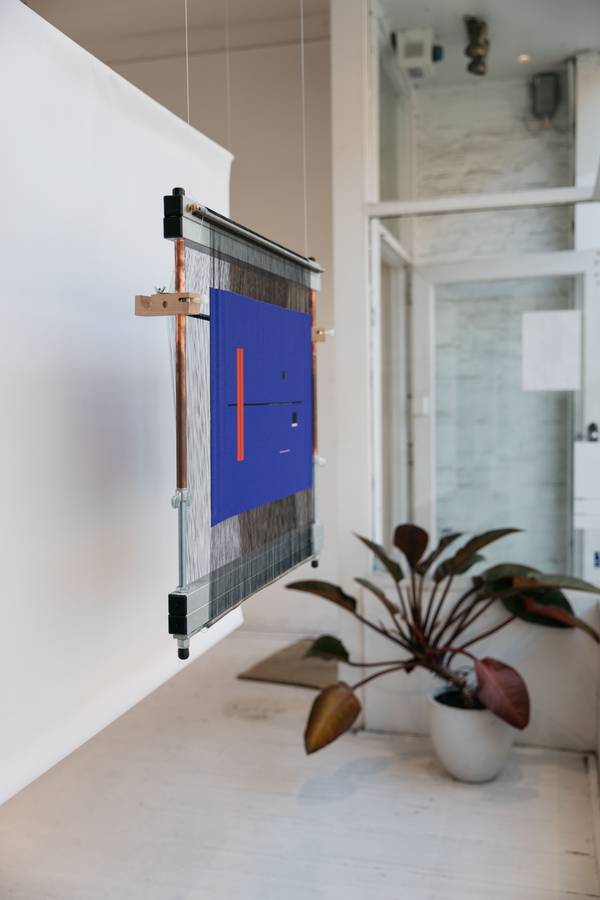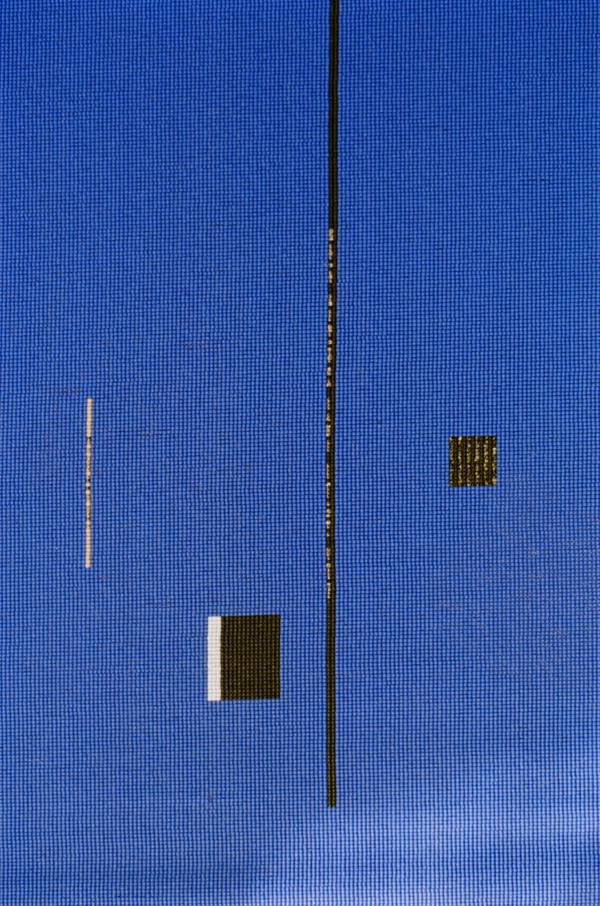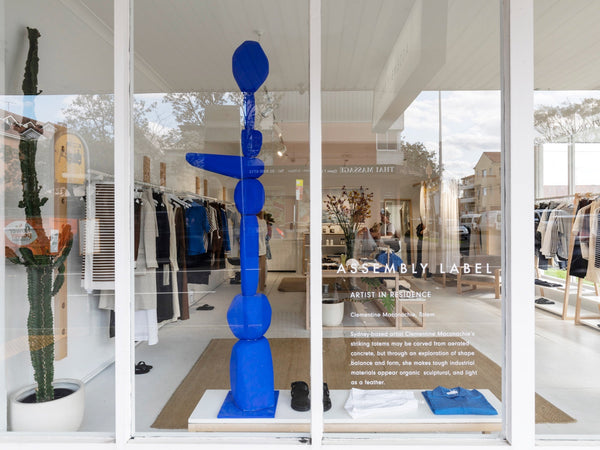Artist in Residence: Camille Laddawan
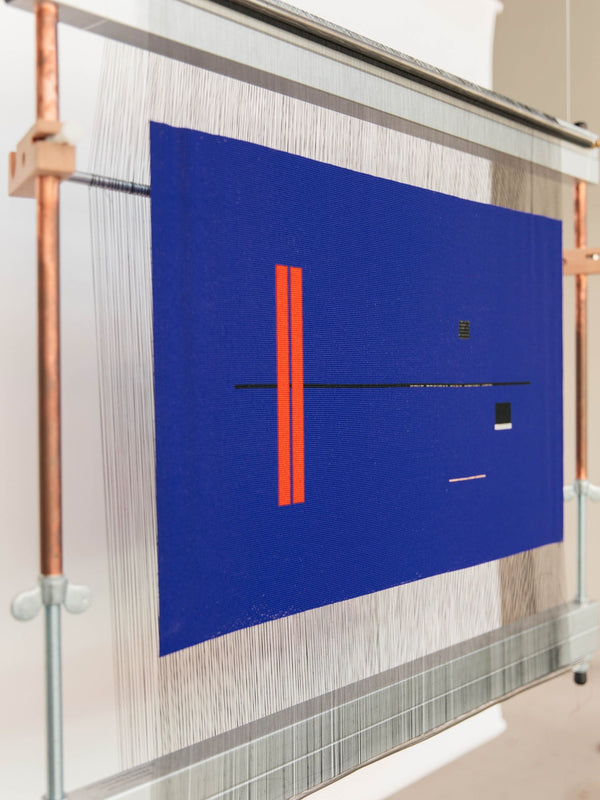
Scroll
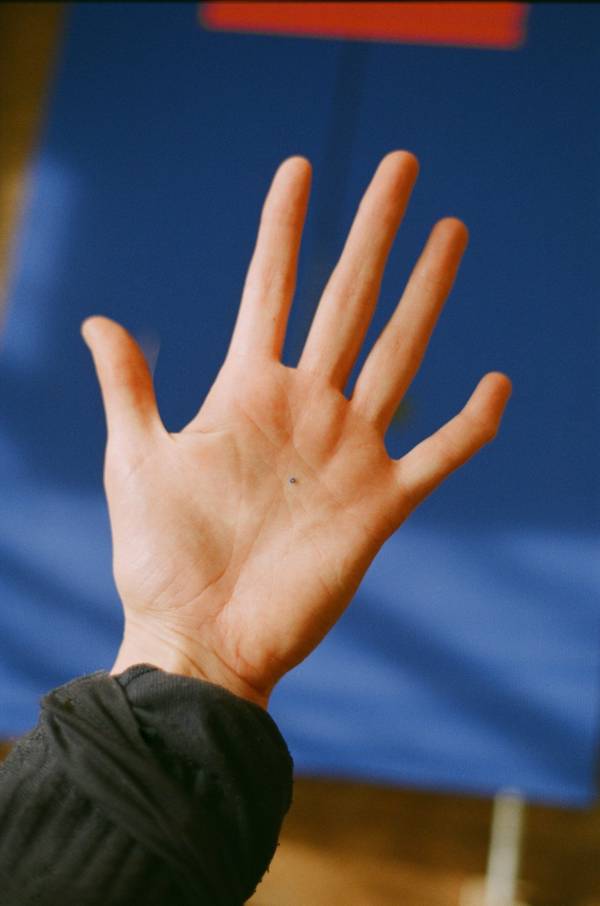
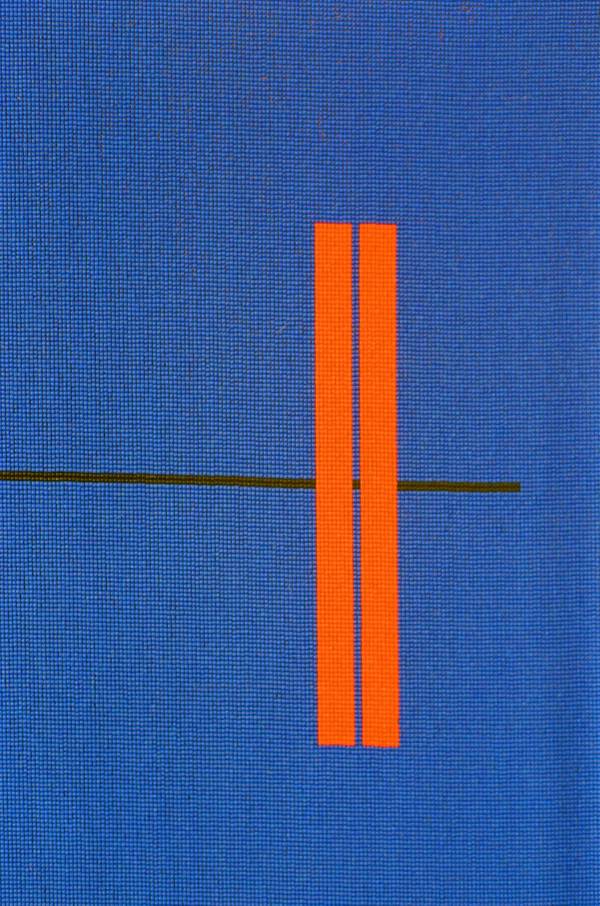
Camille began beading a few years ago, and while she describes creativity as something innate, the studied nature of her practice may have a lot to do with her mother, a scientific artist and teacher who Camille remembers often poised at her desk, peering into a microscope or magnifying light. “My mum taught me to look closely at things. She’d say, ‘Camille, slow your heart rate, pay attention and connect’. She taught me that creativity is a way of being, not necessarily what you create.” Camille also vividly recalls growing up surrounded by her mother’s work. “She would paint plant specimens for the National Herbarium of Victoria, as well as marine life and birds. Specimens were all over the house. A short-finned eel Anguilla australis lived in our bath for a short time — at night, I’d lock eyes with it while brushing my teeth.”
Colour is essential to Camille’s aesthetic language, and the use of cobalt in her work titled Three, Two, One is particularly emotional. As she explains, “Three, Two, One is about the process of starting a family. The writing within the work, transcribed into Tone Code, says ‘CFTR, USH2A, SACS, GBE1, HBB’ and ‘negative’. These are the genetic recessive carrier results that my partner, myself and our donor received. It is a meditation on the trust and love required between three people for two people to create one child.”
Camille traces her response to this colour back to an essay by Rebecca Solnit called The Distance of Blue. “Solnit writes poetically about the colour blue and its relationship between desire and distance. She also describes the physics of blue, like ‘Rayleigh Scattering’ (why the sky and sea appear blue) and ‘Atmospheric Perspective’ (why distant mountains appear blue). This reminded me of John Keats’ concept of ‘Negative Capability’ and ‘The Dolly Zoom’ cinematic technique where the camera pulls away from the subject while zooming in, making you feel like you are falling away from yourself. These ideas link to how I feel about starting a family,” says Camille. “Using cobalt in my artwork helped me to convey the vivid feeling of beginning something immense, and also the wordless gap between myself and the continuous unknowns of an unfolding family.”
As for what makes cobalt so significant in its own right, Camille suggests: “Cobalt blue has a gentle yet confident way of holding your gaze. I don’t think it has a sense of demand or immediacy, typified in red or yellow, the other primary colours. Its cooler tone creates a visual receding, as though it's sitting back in observation, yet its richness of hue creates a seduction that's difficult to disregard. The tension between these two qualities is what I think might make cobalt blue iconic.”
